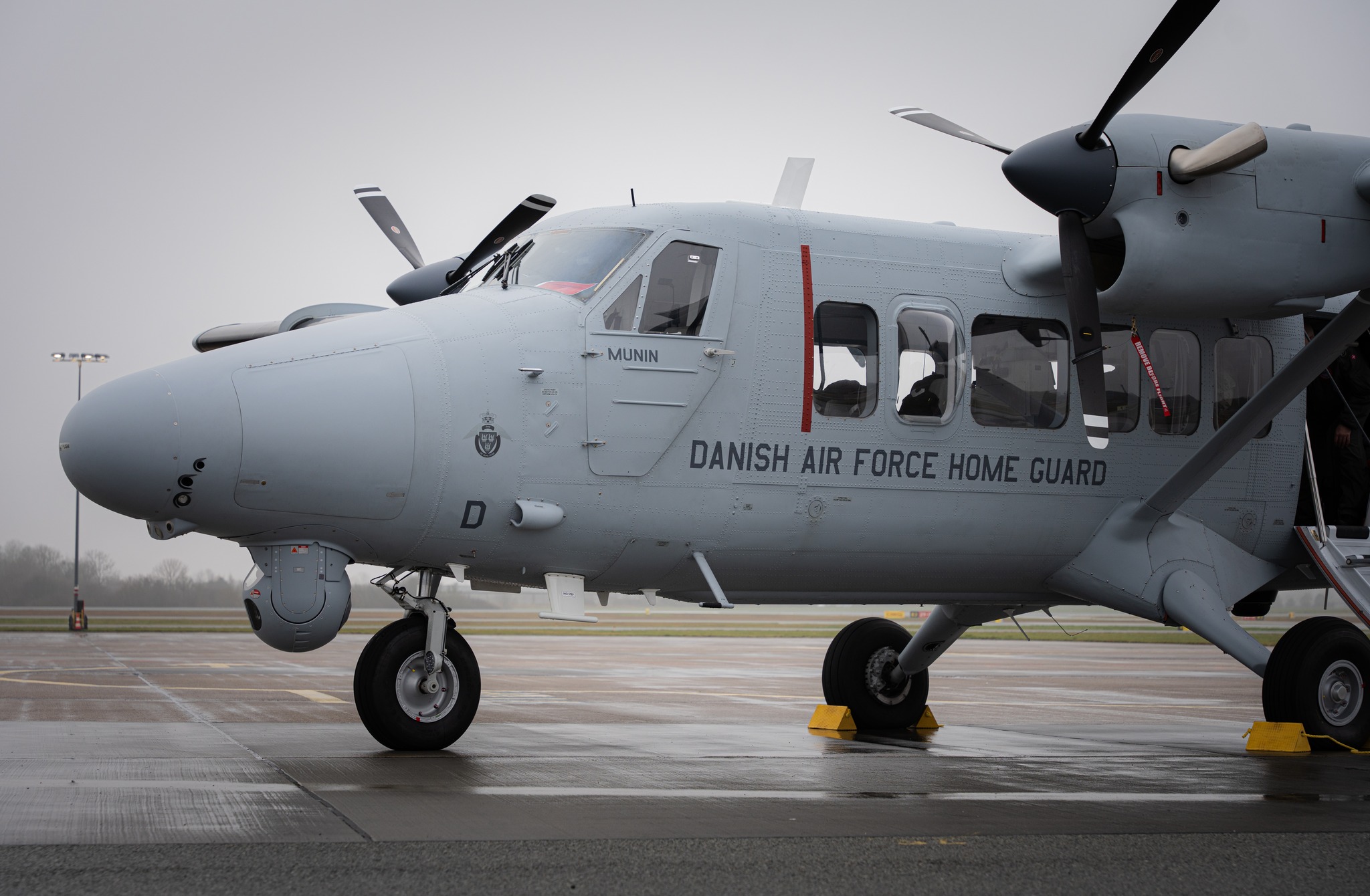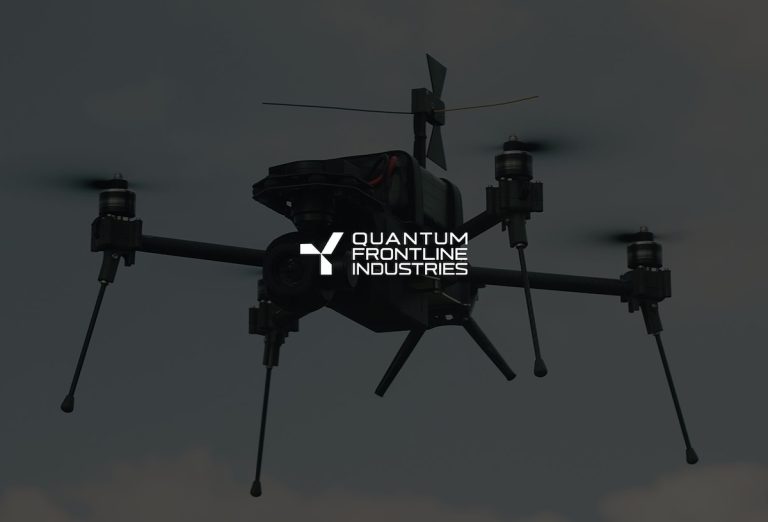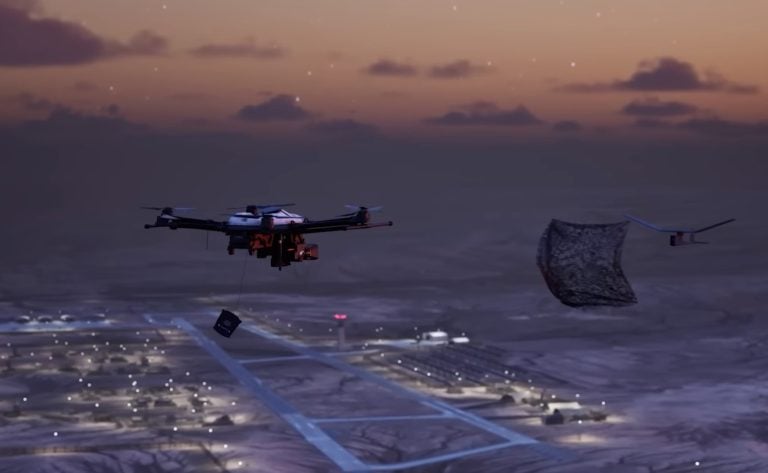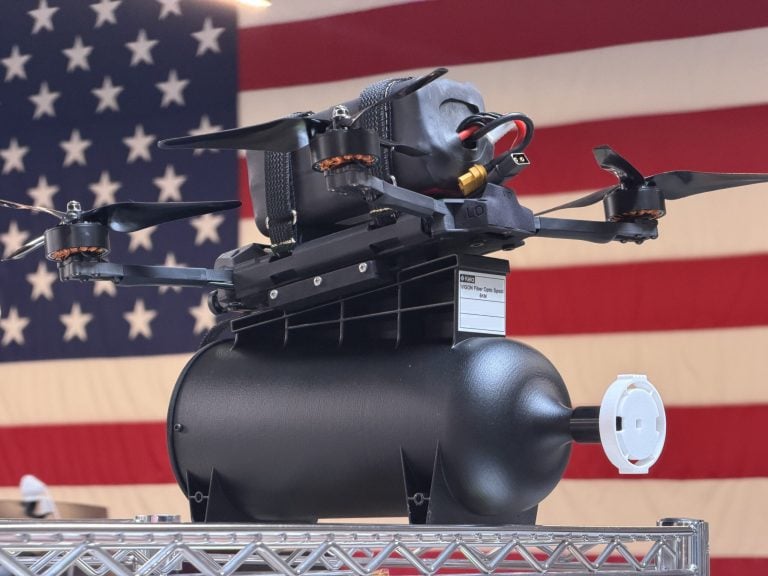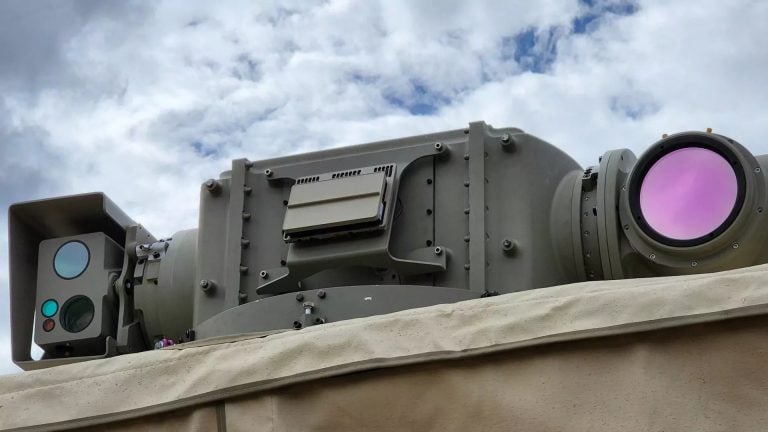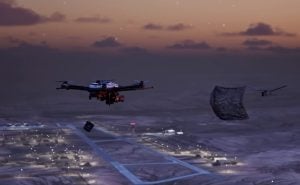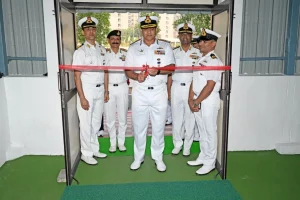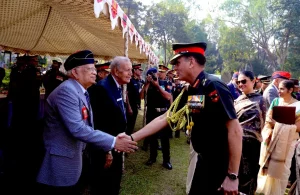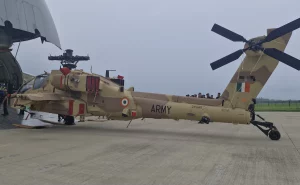Denmark’s Home Guard has recently added two De Havilland Twin Otter short takeoff and landing (STOL) utility aircraft to its fleet in Roskilde, a move designed to enhance its operational capacity in support of the defense and police forces. These aircraft have been adapted for specific patrol tasks and were acquired through an eight-year leasing agreement that enables them to undertake surveillance, search operations, and other critical assistance for domestic missions and areas under the European border agency Frontex.
The newly delivered Twin Otters will replace two Britten-Normann Defender transport aircraft, which have been in service under a separate lease agreement since 2015 and are scheduled to retire soon after logging approximately 6,800 flight hours. This transition marks a significant step in updating the aerial capabilities of the Home Guard.
Col. Klaus Qvis, Air Military Capabilities Officer for the Defence Acquisition and Logistics Organisation (FMI), expressed satisfaction with the outcome of the tender process, emphasizing the successful collaboration between the Home Guard Command, the Danish Air Force, and the Ministry of Defence’s Materiel and Procurement Board. He noted that this partnership has been instrumental in delivering modern and much-needed aircraft to the Home Guard, highlighting the importance of continuing support for their operations.
The Twin Otters come equipped with advanced camera and sensor technology, enabling extensive area monitoring across both land and sea, thereby enhancing situational awareness. Their design includes a low-speed mode, which allows for extended flight durations and is particularly beneficial for coordinating operations with ground forces. The aircraft’s inherent STOL capabilities provide operational flexibility, allowing them to be deployed from runways of varying lengths.
Once they achieve full operational capability in the first quarter of 2025, the Twin Otters will be stationed at Roskilde and Aalborg airports, similar to the aircraft they replace. Air Home Guard Chief Col. Dennis Thagaard underscored the significance of the new aircraft, noting that having the right equipment is crucial for accomplishing sophisticated tasks and enhancing the overall effectiveness of the Armed Forces. He pointed out the positive impact this will have on volunteer soldiers, enabling them to contribute more effectively to national preparedness and safeguard Denmark.
The De Havilland Twin Otter is a well-regarded aircraft with flexible capabilities. Depending on its configuration, it can be up to 52 feet (16 meters) in length, with a wingspan of 65 feet (20 meters). The aircraft can carry payloads of approximately 4,000 pounds (1,814 kilograms) and hold 2,500 pounds (1,134 kilograms) of fuel. Powering the Twin Otter are two Pratt & Whitney Canada PT6A turboprop engines, delivering a maximum of 750 horsepower, allowing it to reach speeds of 180 knots (approximately 207 miles/333 kilometers per hour), an altitude of 25,000 feet (7,620 meters), and a range of 800 nautical miles (921 miles/1,482 kilometers).
